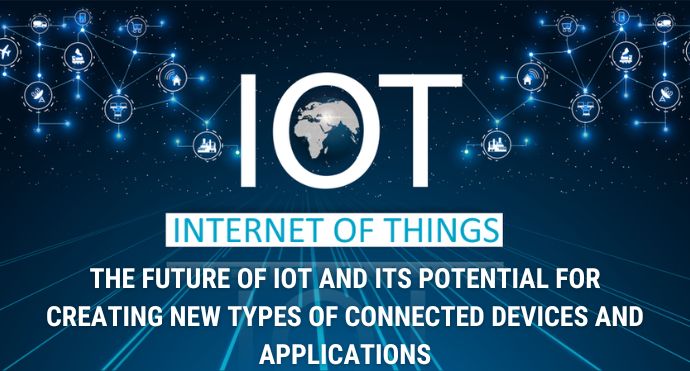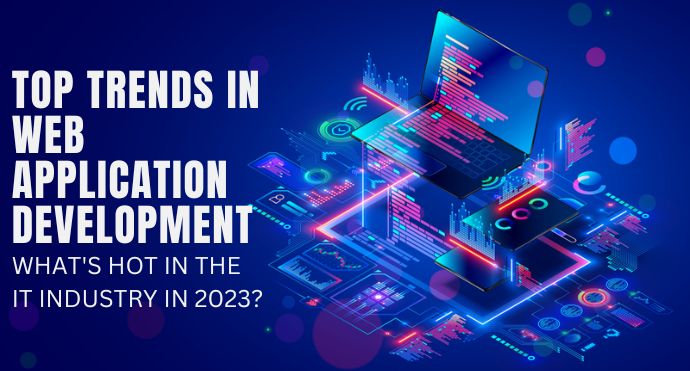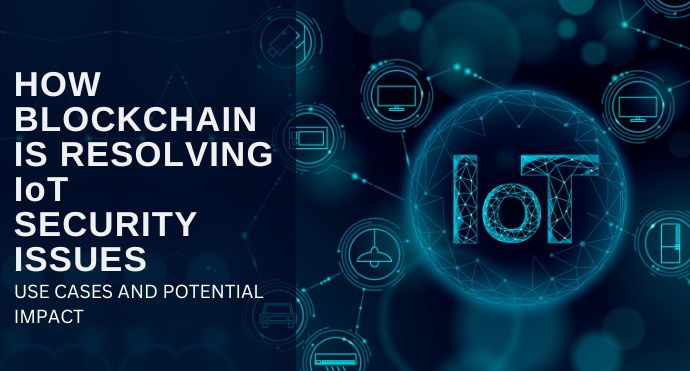The Internet of Things (IoT) is a fast-evolving technology trend that refers to the interconnectivity of devices, appliances, and other physical objects over the internet. IoT technology has been rapidly advancing in recent years, and it has the potential to create new types of connected devices and applications that can significantly transform the way we live and work.
One of the key benefits of IoT technology is its ability to automate processes and make them more efficient. For example, smart homes can use IoT technology to adjust the temperature, lighting, and security of a home automatically based on the occupant’s behavior and preferences. Similarly, smart cities can leverage IoT to optimize traffic flow, manage energy consumption, and enhance public safety.
Here are some of the top potentials for creating new types of connected devices and applications
Smart Agriculture: IoT is being used to improve the efficiency and accuracy of crop management and irrigation. Smart sensors and beacons track water, temperature and soil conditions, allowing farmers to optimize their crop growth in real time.
Consumer Applications: IoT is being used to improve the customer experience with smart home devices, wearable devices, and connected vehicles. Features like voice-controlled assistants, automated lighting and temperature control, and remote app access are now available to consumers.
Healthcare: IoT is being used to improve healthcare services with connected medical devices, telehealth, and remote patient monitoring. Smart hospitals are already being built with connected medical systems and equipment to optimize care and increase patient safety.
Insurance: IoT is being used to make insurance more efficient and accurate. Connected devices like audio and video sensors, accelerometers and location trackers can provide detailed information about a person or property for insurers to help them accurately assess risk and offer coverage.
Utilities/Energy: IoT is being used to optimize energy consumption and improve the efficiency of power plants and grid networks. Smart meters and remote-control systems can measure and track energy usage, allowing utility providers to optimize energy supply and reduce energy costs.
Traffic Monitoring: IoT is being used to manage and monitor traffic flow, reduce traffic congestion and improve road safety. Smart beacons, cameras and sensors can monitor traffic conditions in real time, allowing transportation authorities to adjust traffic signals and improve traffic flow.
Hospitality: IoT solutions enable hotels to modernize their operations and gain better control over their resources. IoT sensors can detect room occupancy, track staff performance, and optimize energy consumption.
Water Supply: IoT solutions will help monitor water levels and quality in real-time across large infrastructure networks. It also helps with remote monitoring as well as predictive maintenance.
Manufacturing: IoT solutions will help manufacturers to streamline their production processes, increase efficiency and reduce downtime. Smart sensors and robotic systems enable manufacturers to track every aspect of their operations.
Retail: IoT solutions will help retailers to better manage their inventory, track purchases and make more informed decisions. Retailers can also use IoT solutions to improve customer experiences, such as augmented reality and automated checkout systems.
Transportation: IoT solutions are being used to build smarter transportation networks. IoT sensors can track traffic levels and monitor vehicles in real time. This helps authorities to improve road safety, reduce traffic congestion and improve public transport efficiency.
Fleet Management: IoT solutions will help fleet owners to track their vehicles, monitor driver performance and optimize routes. With the help of IoT sensors, fleet owners can also detect potential problems and schedule preventive maintenance.
Smart Pollution Control: IoT solutions will help monitor air quality in real-time. This helps authorities to better understand the environment and take proactive steps to reduce pollution levels.
Smart Cities: IoT solutions will help cities become smarter and more efficient. Smart sensors and networks can help cities to manage their energy consumption, waste, management and traffic congestion.
The potential for IoT applications is likely to be limitless. In the world of medicine, for example, doctors will be able to diagnose and treat patients remotely, allowing them to respond quickly to health emergencies. In the automotive industry, IoT will allow us to monitor cars in real time, providing us with the insights we need to improve safety.
The future of IoT is certainly an exciting one, and the potential for new and innovative applications and devices is immense. As we move towards a fully connected world, the possibilities for creating smart and connected devices and applications that can make our lives easier are only just beginning.




Thanks for the nice article.
Thanks for the sharing.